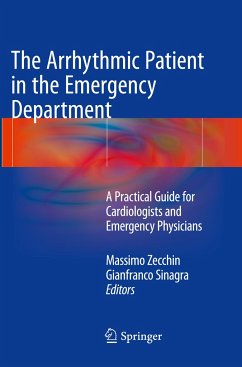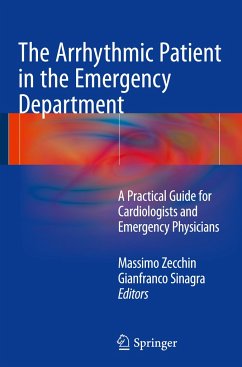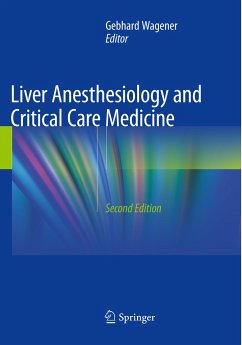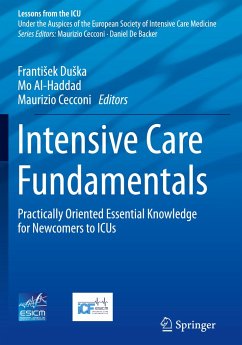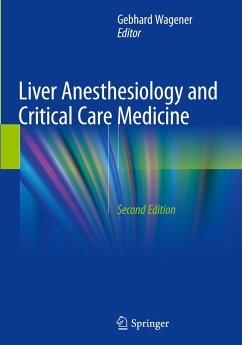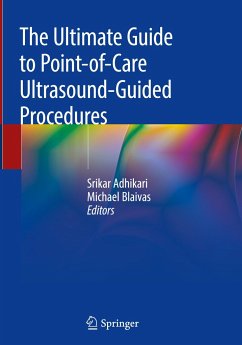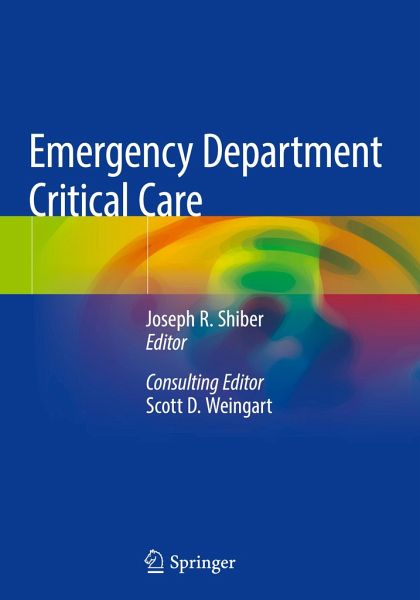
Emergency Department Critical Care

PAYBACK Punkte
65 °P sammeln!
This comprehensive book provides practical guidance on the care of the critical patient in the emergency department. It focuses on the ED physician or provider working in a community hospital where, absent the consulting specialists found in a large academic center, the provider must evaluate and stabilize critically ill and injured patients alone. Structured in an easily accessible format, chapters present fundamental information in tables, bullet points, and flow diagrams. Emergency medicine scenarios covered across 38 chapters include acute respiratory failure, spinal cord Injuries, seizure...
This comprehensive book provides practical guidance on the care of the critical patient in the emergency department. It focuses on the ED physician or provider working in a community hospital where, absent the consulting specialists found in a large academic center, the provider must evaluate and stabilize critically ill and injured patients alone. Structured in an easily accessible format, chapters present fundamental information in tables, bullet points, and flow diagrams. Emergency medicine scenarios covered across 38 chapters include acute respiratory failure, spinal cord Injuries, seizures and status epilepticus, care of the newborn, and end-of-life care.
Written by experts in the field, Emergency Department Critical Care is an essential resource for practicing emergency physicians and trainees, internists and family physicians, advance practice nurses, and physician's assistants who provide care in emergency departments and urgent care centers.
Written by experts in the field, Emergency Department Critical Care is an essential resource for practicing emergency physicians and trainees, internists and family physicians, advance practice nurses, and physician's assistants who provide care in emergency departments and urgent care centers.




